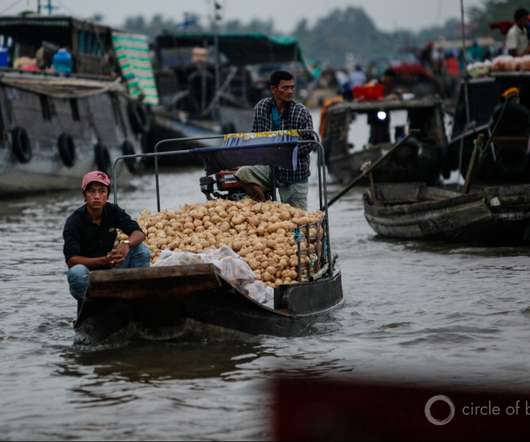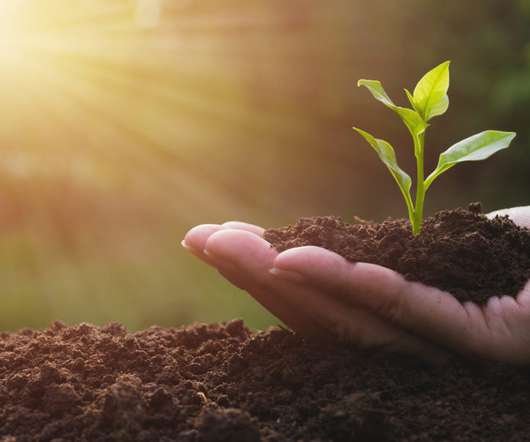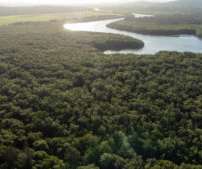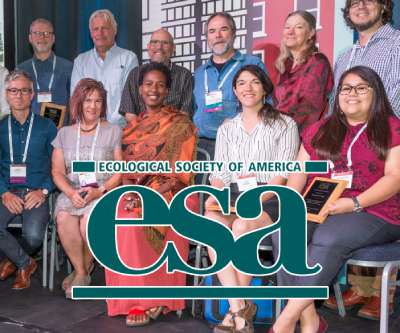Climate Change Is Intensifying the Water Cycle, New IPCC Report Finds
Circle of Blue
AUGUST 11, 2021
This trend will continue as glacial melting, decreased rainfall, and a “thirstier” atmosphere jeopardize sources of freshwater in some parts of the globe. It finds more evidence that severe weather events are linked to carbon in the atmosphere and are becoming more extreme. Heavy rainfall will also become more common and more powerful.
















Let's personalize your content